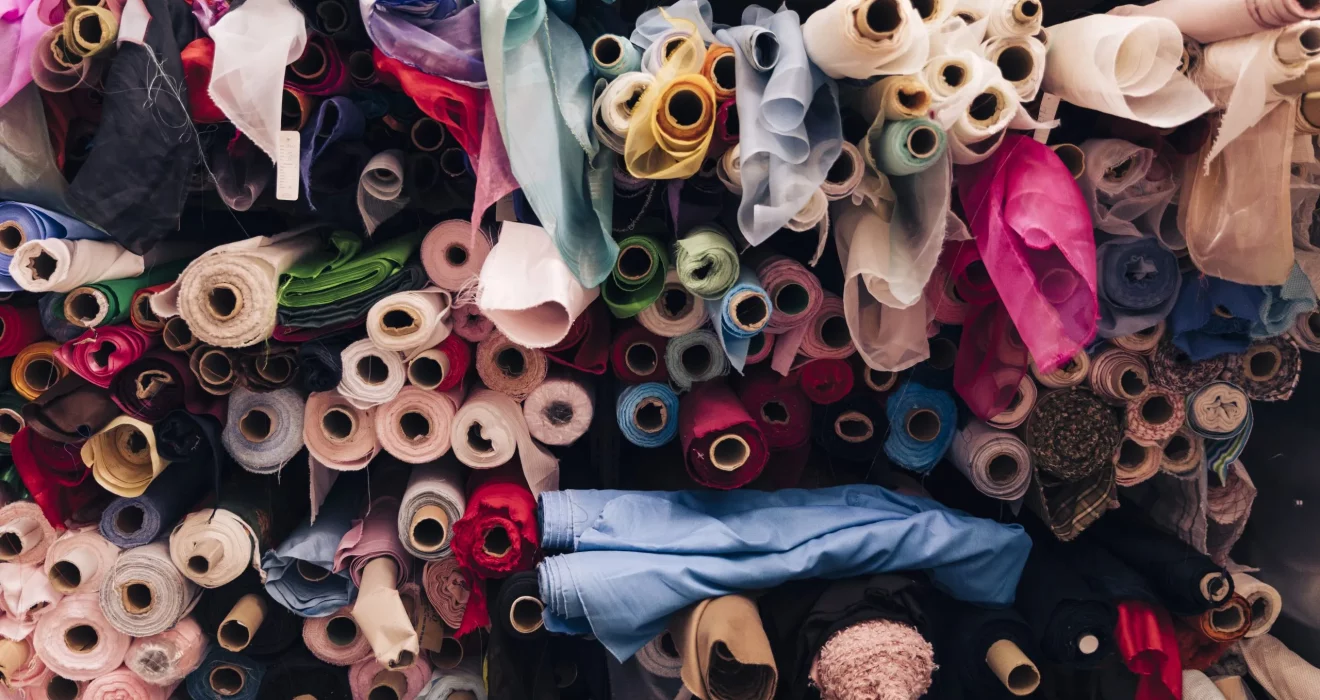In the Finnish city of Lahti, a pioneering effort has arisen through the Textile Deposit scheme, representing a significant leap forward in textile recycling initiatives. Drawing inspiration from Finland’s effective deposit system for beverage containers, this innovative program aims to transform the landscape of textile waste management by motivating local residents to engage actively in sorting and recycling their discarded textiles. The overarching objective is clear: to diminish the volume of waste destined for landfills while championing sustainability practices. Lahti’s bold pilot endeavor has not only yielded remarkable outcomes but has also captured widespread interest for its potential to be adopted on a broader scale. As cities worldwide grapple with mounting environmental challenges, the success of Lahti’s Textile Deposit scheme stands as a beacon of hope, illustrating the transformative power of community-driven initiatives in fostering a more sustainable future for generations to come.
The Birth of the Textile Deposit Pilot Program
Lahti’s reputation as a beacon of environmental consciousness and sustainability paved the way for the inception of the Textile Deposit scheme. Launched as a bold experiment, the program set out to investigate the efficacy of offering modest incentives in driving up the recycling rates of textile waste. Positioned as the European Green Capital of 2021, Lahti’s dedication to environmental stewardship is underscored by its ambitious target of achieving zero waste status by 2050. In this context, the Textile Deposit initiative emerges as a strategic tool in the city’s arsenal, poised to play a pivotal role in realizing its long-term objectives. By encouraging active participation in waste reduction efforts and highlighting the latent value within discarded textiles, the program not only addresses immediate environmental concerns but also serves as a catalyst for sustainable practices that resonate far beyond Lahti’s borders.
The Rollout of the Textile Deposit System
In a collaborative effort with Salpakierto, Lahti, the Textile Deposit system was introduced through the establishment of six designated collection points for textile waste. Before the implementation of this innovative scheme, these collection sites received a modest number of donated fabrics on a weekly basis. However, with the introduction of enticing incentives like coffee vouchers and passes to the local pool, the response was remarkable. Textile returns skyrocketed, exceeding previous levels by an impressive 500%. This surge in participation vividly illustrates the effectiveness of the Textile Deposit program in motivating citizens to actively engage in recycling efforts. By coupling convenience with tangible rewards, Lahti’s initiative has successfully captured the attention and participation of its residents, laying a strong foundation for further expansion and adoption of sustainable practices in textile waste management.
Future Prospects and Industry Opportunities
The triumph of Lahti’s Textile Deposit scheme has ignited conversations surrounding its potential for wider implementation. Organizers are actively strategizing to extend separate collection receptacles for textile waste not only throughout Finland but also across the European Union by the year 2025. This ambitious expansion plan aims to replicate the resounding success of the program on a grander scale, leveraging its proven effectiveness to drive increased participation in textile recycling efforts across borders.
Moreover, as Finland advances towards establishing a circular economy for textiles, there is growing anticipation of emerging industry opportunities. With the prospect of fiber-to-fiber recycling gaining momentum, there is a palpable sense of optimism regarding the creation of a sustainable circular industry within Europe by the year 2030. This transformative shift holds the promise of
A Sustainable Recycling Model: Lessons from Bottle Deposits
Drawing parallels with bottle deposit programs, which have proven highly effective in incentivizing recycling behavior, Lahti’s Textile Deposit scheme offers a blueprint for encouraging sustainable practices. By charging a small fee upon purchase of recyclable items and refunding it upon return, these programs create a positive reinforcement loop that fosters a shift in consumer behavior towards recycling. The success of bottle deposit systems in various regions suggests that similar approaches could be applied to other recyclable materials, further advancing global efforts to combat pollution and waste.
The Bigger Picture: Fostering Innovation and Entrepreneurship
As Lahti continues to champion textile recycling initiatives, the city is taking steps to foster innovation and entrepreneurship in the circular economy. A national design competition, organized in collaboration with the Sustainable Lahti Foundation, LAB University of Applied Sciences, and Salpakierto, aims to identify creative uses for discarded textiles. By encouraging creativity and offering support for entrepreneurial endeavors, Lahti seeks to not only address environmental challenges but also stimulate economic growth within the textile recycling industry.
Conclusion
Lahti’s Textile Deposit scheme exemplifies the power of innovative solutions in driving positive change towards a more sustainable future. With its remarkable results and forward-thinking approach, the program serves as a model for cities and municipalities worldwide striving to reduce waste and promote recycling. As the initiative expands and evolves, it offers hope for a future where environmental stewardship and economic prosperity go hand in hand.

